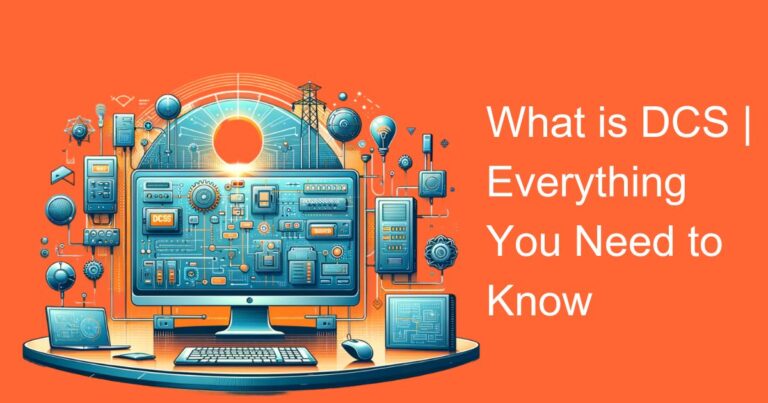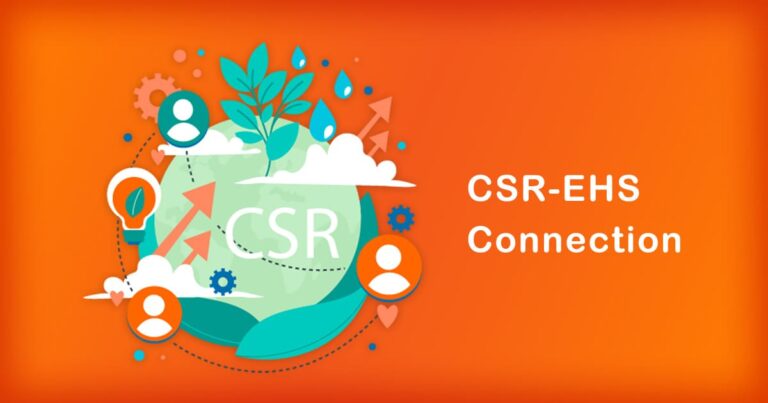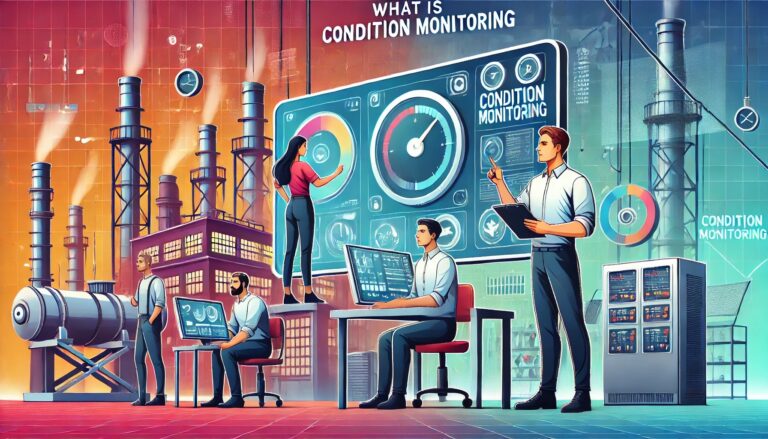Introduction
In the contemporary era of technological revolution, automation stands out as a significant breakthrough that is reshaping industries, economies, and daily lives. This article delves into the essence of what is automation, focusing on its implications and evolving landscape within the Indian context.
Defining Automation
At its core, automation refers to the technology by which a process or procedure is performed with minimal human assistance. It involves the use of various control systems for operating equipment such as machinery, processes in factories, boilers, and heat treating ovens, switching in telephone networks, steering, and stabilization of ships, aircraft, and other applications with minimal or reduced human intervention.
The Historical Perspective
Historically, automation traces back to the early mechanical innovations but saw significant advancements with the advent of computers and information technology. The textile industry, for instance, was one of the first to embrace automation, leading to the Industrial Revolution. In India, the journey began post-independence but gained substantial momentum with economic liberalizations in the 1990s, which invited global technologies and investments.
Automation Today
In the modern landscape, automation encompasses a broad spectrum from simple mechanized processes to high-end robotic and AI systems. In India, automation has percolated through numerous sectors such as manufacturing, automotive, IT, and services. The “Make in India” initiative has further propelled this integration, aiming to boost the manufacturing sector’s growth and make India a global manufacturing hub.
Impact on Employment
One of the biggest debates surrounding automation is its impact on employment. Critics argue that automation leads to job displacement, while proponents believe it shifts the job landscape towards more skilled labor. According to a report by the World Economic Forum in 2020, automation is expected to displace 85 million jobs globally but will create 97 million new jobs across different industries by 2025. In India, while automation has led to job losses in sectors like agriculture and manufacturing, it has also created opportunities in IT, analytics, and robotic system design.
Industrial Automation in India
In the industrial sector, automation is revolutionizing production lines. Companies are increasingly adopting robots for tasks such as assembly, packaging, and quality control. The automotive industry in India, for instance, employs robotic arms for painting and welding tasks, enhancing precision and productivity. Moreover, Indian companies are not just users but also developers of automation technologies. Companies like Tata Consultancy Services (TCS) and Infosys are developing automation tools for IT operations and software testing, which are being used globally.
AI and Robotics
The frontier of automation in India is increasingly being pushed by advancements in artificial intelligence (AI) and robotics. AI-driven automation involves complex decision-making capabilities while interacting with unstructured environments, making it invaluable in fields like healthcare, where it assists in diagnostic processes and patient management systems. Robotics, coupled with AI, is seeing growing adoption in surgeries and rehabilitation centers across India.
Challenges and Opportunities
Despite the benefits, automation presents several challenges. The foremost is the digital divide, which could widen economic disparities if not managed well. There is also the issue of initial capital investment, which can be a barrier for small and medium enterprises. However, the government and private sector initiatives aim to bridge these gaps through investments in digital infrastructure and skill development programs.
Furthermore, the shift towards automation necessitates a transformation in the educational system, with more emphasis on STEM (science, technology, engineering, and mathematics) education, to prepare a workforce adept in these new technologies.
Conclusion
As we stand on the brink of what is often termed the ‘Fourth Industrial Revolution’, automation is not just a technological upgrade but a paradigm shift in how industries operate and how humans interact with machines. For India, a nation with a burgeoning youth population and ambitious economic goals, embracing automation might not just be an option but a necessity. The task ahead for policymakers, educators, and industry leaders is to navigate this transition judiciously, ensuring that the benefits of automation are distributed equitably across society. In summary, automation in India is a dynamic field with immense potential to boost productivity, enhance quality, and reshape the workforce. As technology continues to evolve, the focus should be on leveraging automation for sustainable growth, making it inclusive and beneficial for all segments of society.








